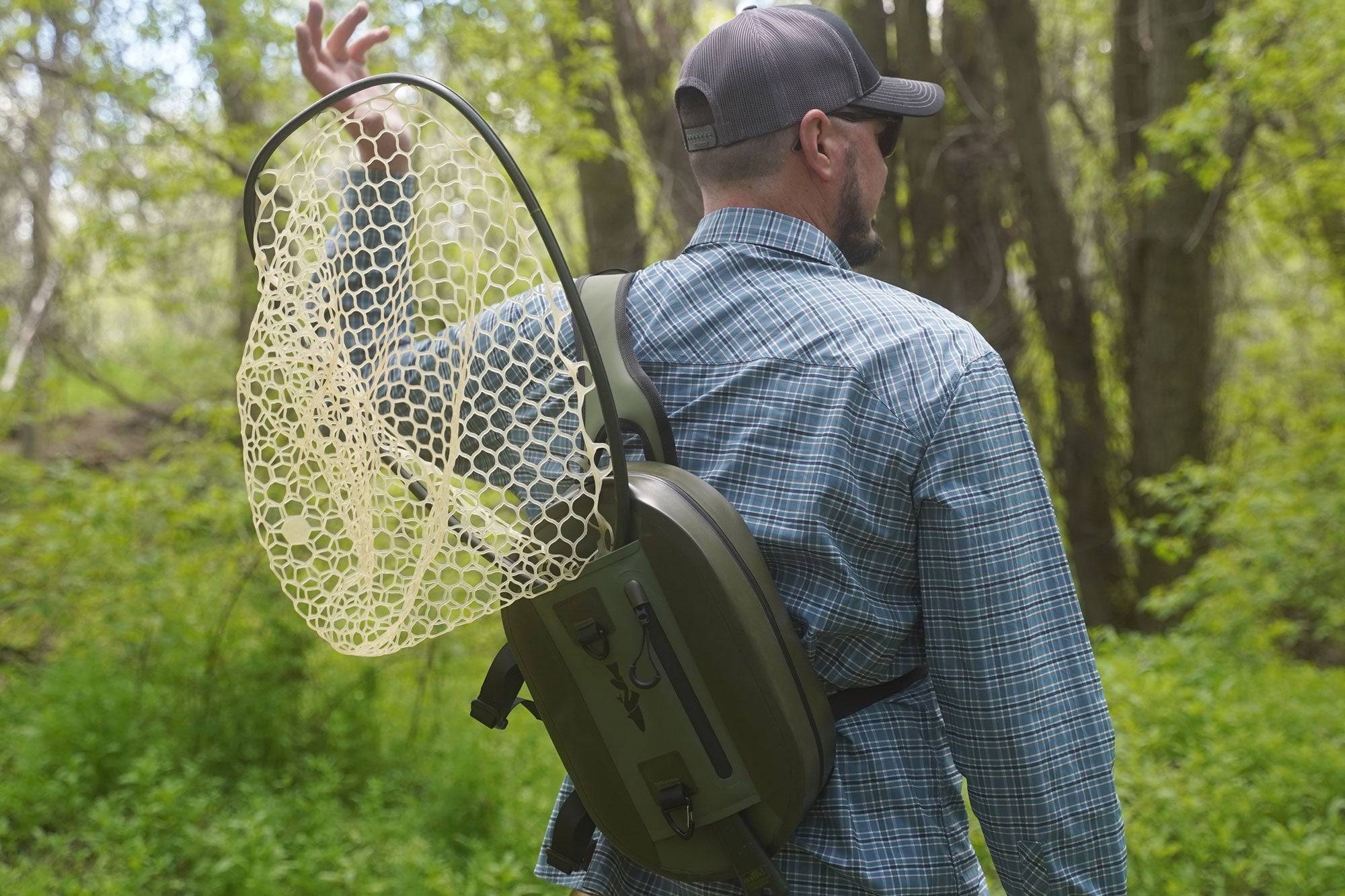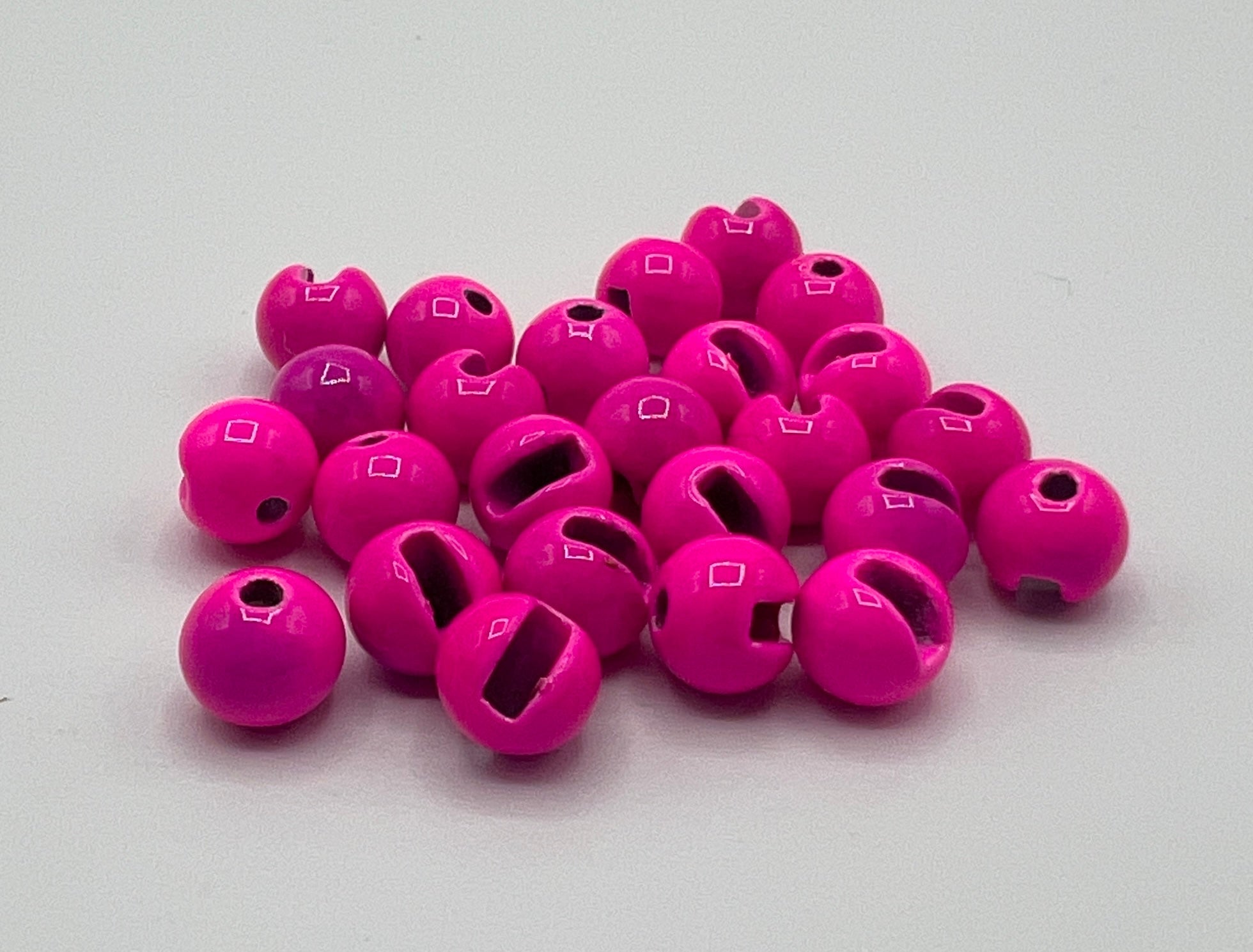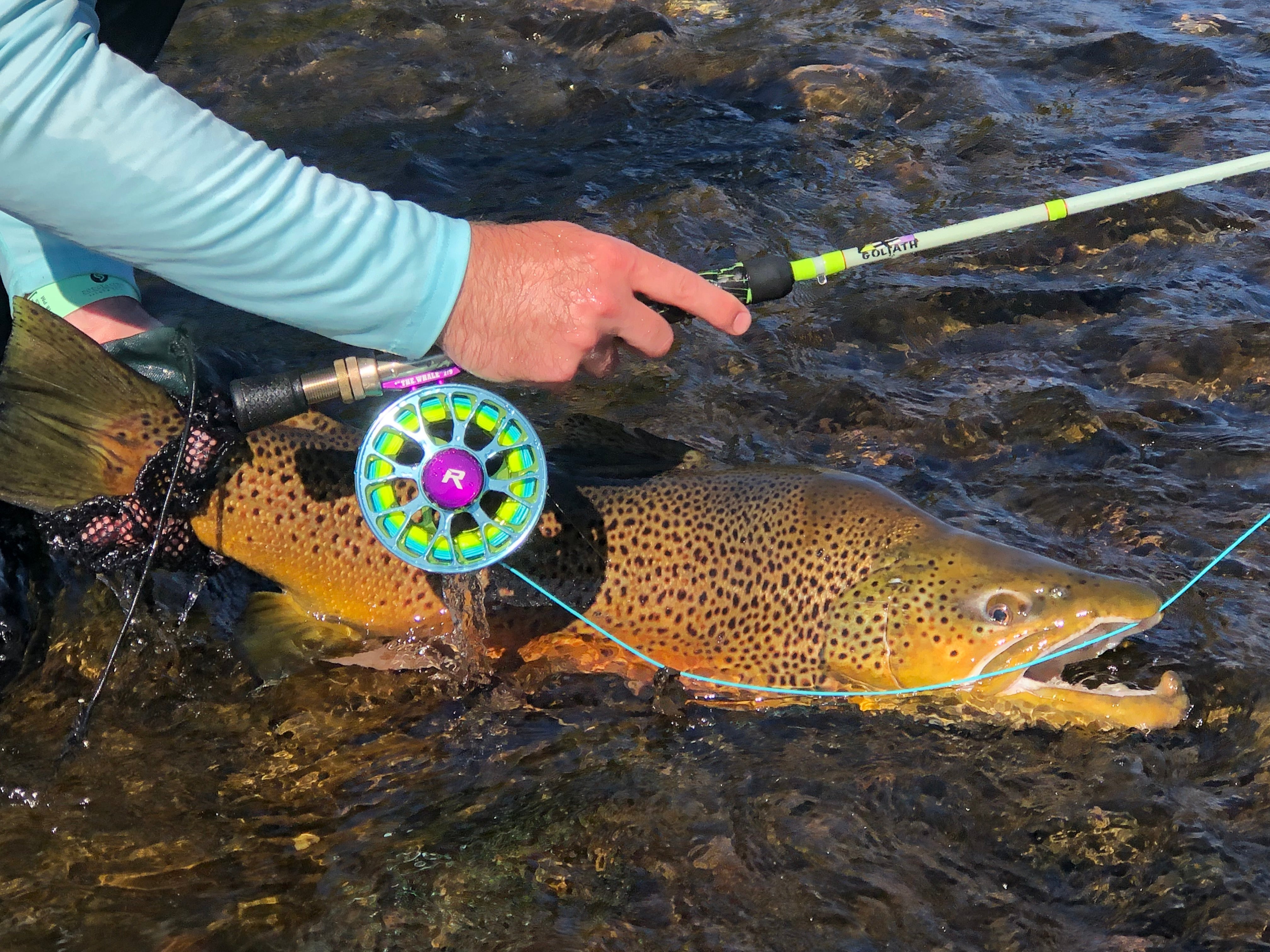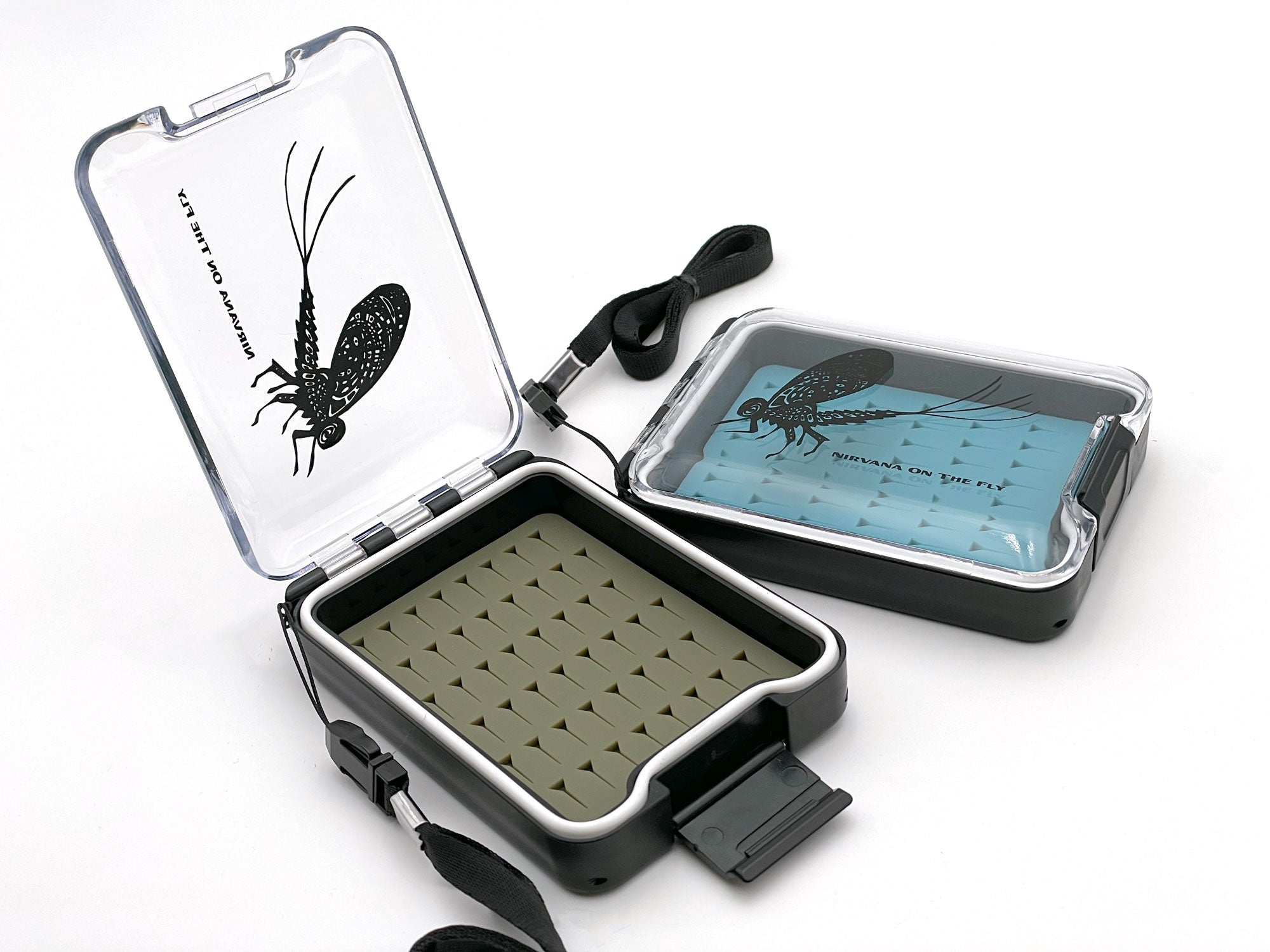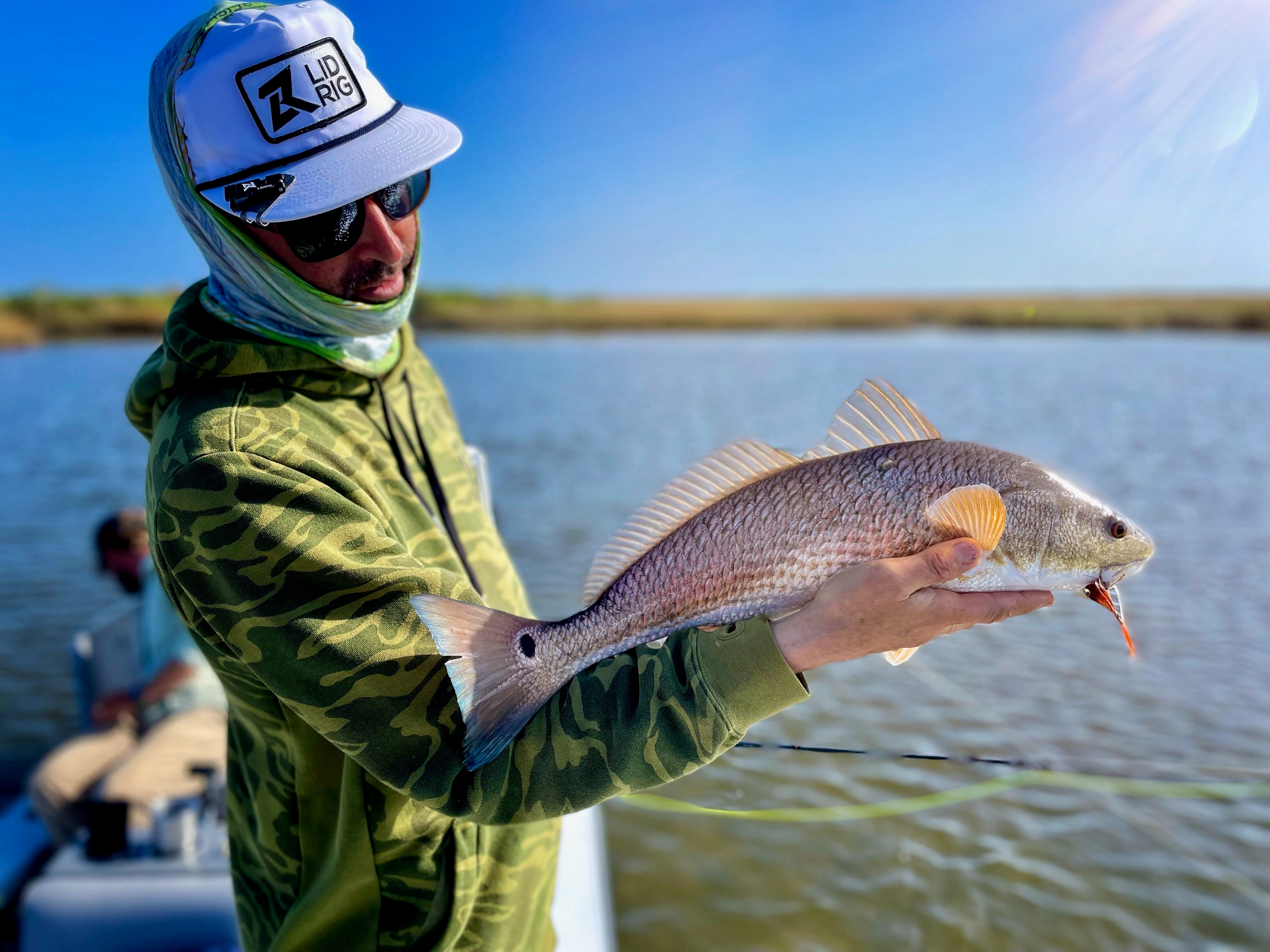Mending a line in fly fishing is a crucial technique used to manage the fly line after casting and landing on the water. Notice that I said after casting and landing on the water. The reason is that if you are casting and mending in the air it is called an aerial mend. Instead of diving into that subject and providing an advanced casting lesson on aerial mends let's focus on true mends that are on the water.
The purpose of mending is to improve your drift. There are several ways to improve drift. One is to eliminate or reduce drag, which occurs when the line and the fly move at different speeds due to varying currents. Another is to do the same but adjust your indicator position to lessen drag. The third is to adjust the line on or in the water to set up for a dragless presentation.
You see, drag can cause the fly to move unnaturally, reducing the chances of a strike. This can happen in numerous ways. One is the line pulls the fly downstream because it is in a faster current than the fly. Vice versa, the fly can be slowed because the fly line is in a slower current and is keeping the fly from drifting naturally. This of course can happen in multiple ways and applications in one cast. Let’s say you are casting across stream and you cover 3-4 different currentlines. Then you would need a mend that compliments the fly by applying a mend to each current to combat the drag. Sometimes, the correction isn’t mending and instead, it is resetting yourself for a better casting position, or elevating your line with your rod to avoid contact with the water. All have advantages and disadvantages. Regardless, mending is a critical aspect in correcting the line to improve your presentation for less drag. Proper mending ensures that the fly presents as naturally as possible to the fish. Here are several ways to mend a line in different fly fishing scenarios:Mending from a Boat: When fishing from a boat, the angler often deals with multiple current seams. After casting, the angler should watch the line and the current. If the line starts to form a bow, the angler should lift the rod and flick the line upstream or downstream, depending on the direction of the current. Either way, you are looking to equalize the speed of the currents. The goal is to keep the line straight, so the fly drifts naturally.
- Fishing from a Boat: Fishing from a boat is a bit different in that you rower has control of the speed of the boat and can also apply his/her efforts in slowing down or speeding up the boat to apply a mend as well. One thing to always remember is that a good rower is not only putting you in a position to make a cast but is fixing and managing your cast after it has been laid out. Hence the saying, “I rowed them into every fish they caught today!” Believe it or not, there is quite a bit of truth to that sarcasm.
- Wading and Mending: While wading, anglers have sole control over their line. After casting across different currents, the angler is immediately responsible for mending the line. The key is recognizing when to do this. Is it required to mend immediately or do you see a section further along your drift where it will need to be addressed? In that second scenario do you mend now to set it up or is it okay to do it later? By lifting the rod and moving the line in the opposite direction of the unwanted current you are applying the mend. This movement allows the fly to float freely without the influence of faster or slower currents that could cause drag in the presentation zone. With more experience, you start to understand the timing and effects of a mend so your time of mend application will change. Additionally, your techniques will change and your use of them will vary.
- Fishing with an Indicator: When using fly fishing with a strike indicator, mending is crucial for depth control and natural presentation. Simply ask any guide how many times a day they say, “mend.” In many cases, an upstream mend is applied. It can be applied immediately or right after a change in substrate has created more depth. Either way, you are attempting to achieve more depth with your flies under your indicator. Typically the water speed in the upper layer of water is faster than the column of water your flies are in. Therefore the line is coming off of your indicator at an angle going back upstream and your indicator is dragging your flies, therefore “dragging” them along. To decrease the drag you apply a mend and that mend repositions your fly line and indicator so that the flies slow down and the angle off of your indicator decreases and allows the flies to sink deeper. How do we do that? We lift the line off the water gently and flick it upstream. This upstream mend allows the nymph to sink properly and present itself naturally in the water column, mimicking the movement of a real insect.
- Dry Fly Fishing: In dry fly fishing, the mend is often more subtle. I have to assume that the visibility of the line and the fly assist with that. After casting, watch for any unnatural movement of the fly. Traditionally, the mending occurs this way. If the fly starts to skate or drag, a slight upstream or downstream mend can be made. The key is to move the line minimally so as not to disturb the fly or spook the fish. However, when you view mending this way your fly is already being dragged so you have to correct it. Instead, implore a more proactive approach and observe the water. Watch where you will be casting the fly to and where your line will lay down. Now anticipate the mends and place them before the drag occurs. This ensures that no portion of your drift is sacrificial due to drag. Read this article to understand sacrificial drift and presentation.
- Mending Misconception
- Don’t lift your indicator it will scare the fish. Not always true. You often need to lift and reposition your indicator to get the correct drift and if you aren’t getting the correct drift it won’t matter if you spook them because they aren’t going to eat it.
- Always mend when you land your line. Again, it is a misconception. In fact, unless you are looking to correct your position it isn’t a requirement to mend. It really depends on the situation.
- Mend your sinking line. Good luck. When a sinking line hits the water a mend is very difficult so often the better solution is to aerial mend your line. This means that when you cast, ensure that your fly lands first, and while the line is in the air, adjust its position. That adjustment is a mend being done while the line is in the air. Research an aerial mend to learn more.
Not All Mends Are Equal
I think of mending in quarters. There are two types of quarters I like to address. Those that are managed by space and those that are managed by speed. Let me describe the quarter mends and that will help you understand.
- A Quarter Mend
- from you to the fly or indicator you are only mending one-quarter of that line. It is a smaller mend to address currents close to you in space.
- From you to the fly or indicator you are only looking to adjust a little bit or a quarter of the speed you would adjust for if you would use a full mend.
- A Half Mend
- A half mend is a mend that adjusts the line only halfway out and addresses those currents
- From a speed perspective more mending to equalize speed but not a full med or you would have corrected too much.
- A Three-Quarter Mend
- Yes you guessed it mend only three-quarters of the way or adjustment of speed
- Two indicators for you
- You don’t move the indicator
- You barely move the leader material
- A Full Mend
- Mend as much as you can.
- Two Indicators for you
- The indicator is readjusted and moved
- The leader is moved as much as it can without affecting the movement of the fly
Each of these mending techniques is essential for presenting the fly in the most natural way possible, which greatly increases the chances of attracting a fish. The effectiveness of a mend depends on the angler's ability to read the water, understand the currents, and act swiftly and subtly to maintain the perfect drift of the fly. The critical aspect is practice and understanding how much or how little is needed to be effective. Even though I gave you the quartering method there are an infinite number of mend sizes in between that can be applied. Use them as guidelines but stay fishing and think about what you are looking to accomplish. Not a perfectly looking mend but the speed and equalization so you get a desirable drift.
Want to read more about advanced fly fishing? Read this article to get started.

By Christian Bacasa
Host of the Fly Fishing Insider Podcast
www.ffipodcast.com
@flyfishinginsiderpodcast
@dupeafish


